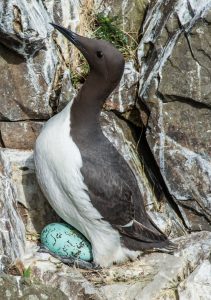 Jon Dunn is a natural history writer, photographer and wildlife tour leader. He is the author of the fantastic Orchid Summer among other books, and his writing and photographs have been featured in Britain’s Mammals and numerous wildlife magazines and journals.
Jon Dunn is a natural history writer, photographer and wildlife tour leader. He is the author of the fantastic Orchid Summer among other books, and his writing and photographs have been featured in Britain’s Mammals and numerous wildlife magazines and journals.
 In his latest book, The Glitter in the Green, Jon documents his expeditions from the farthest reaches of Alaska to the tip of South America in Tierra del Fuego in search of hummingbirds. Weaving history and travel writing together, the book describes the special place hummingbirds have in both mythology and culture, all while addressing not only how hummingbirds have suffered in the past, but the threats they face today. Jon kindly agreed to answer some of our questions below.
In his latest book, The Glitter in the Green, Jon documents his expeditions from the farthest reaches of Alaska to the tip of South America in Tierra del Fuego in search of hummingbirds. Weaving history and travel writing together, the book describes the special place hummingbirds have in both mythology and culture, all while addressing not only how hummingbirds have suffered in the past, but the threats they face today. Jon kindly agreed to answer some of our questions below.
When and how did you first discover hummingbirds and what is it that draws you to them?
I’ve got the Natural History Museum in London to thank for planting the seed that was to grow, over the years, into a full-blown hummingbird habit. I was a young kid in the 1980s, taken to London by my mother for a day doing the usual tourist things – she wisely saved a visit to NHM London until later in the day, as she knew once I was in there I wouldn’t want to leave.
Amongst the many exhibits one in particular caught me by surprise – a large glass cabinet filled with hummingbird taxidermy. I know, that’s a bit bleak by the standards of today, but back then all I had eyes for were the  shapes, forms and colours of the birds. They were so very different to the birds I was used to seeing in the Somerset countryside around our home. After that, every now and again I’d see footage of hummingbirds on wildlife documentaries, and began to appreciate further just how remarkable they were – what Tim Dee described as ‘strange birds: not quite birds or somehow more than birds, birds 2.0, perhaps’.
shapes, forms and colours of the birds. They were so very different to the birds I was used to seeing in the Somerset countryside around our home. After that, every now and again I’d see footage of hummingbirds on wildlife documentaries, and began to appreciate further just how remarkable they were – what Tim Dee described as ‘strange birds: not quite birds or somehow more than birds, birds 2.0, perhaps’.
As a naturalist and a storyteller, I’m a bit like a bowerbird, drawn to colour. Hummingbirds really have it all going on – their biology is one superlative after another; their plumage is jewel-like; they’re found throughout the Americas in almost every conceivable habitat; and they’ve fascinated mankind from our earliest recorded encounters with them – there’s a rich vein of stories to dig into.
Were there any particular encounters that stood out for you during your research?
Seeing my first Marvellous Spatuletail caught me by surprise. They’re renowned for their plumage and rarity alike, so I was prepared to feel that cocktail of joy and relief familiar to any birder who’s just caught up with a keenly anticipated species. The reality though far exceeded that – the delicacy of the bird compared to the many other hummingbird species swirling around the clearing in question, those preposterous tail feathers, the culmination of waiting decades to see one… I found that a bird could be literally as well as metaphorically jaw-dropping.
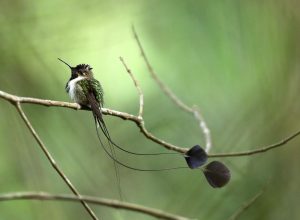 There were plenty of other moments that I’ll hold in my heart, and they don’t all involve the iconic, rare species. One such was watching Golden-tailed Sapphires, a hummingbird that looks as if it’s been dipped in rainbows, feeding in a clearing in the immediate aftermath of a heavy rain shower. As the sun broke through the dripping vegetation and steaming air we were suddenly surrounded by myriad small rainbows through which the birds were flying. That moment was ephemeral, over almost as soon as it began, but it’s etched in my memory forever.
There were plenty of other moments that I’ll hold in my heart, and they don’t all involve the iconic, rare species. One such was watching Golden-tailed Sapphires, a hummingbird that looks as if it’s been dipped in rainbows, feeding in a clearing in the immediate aftermath of a heavy rain shower. As the sun broke through the dripping vegetation and steaming air we were suddenly surrounded by myriad small rainbows through which the birds were flying. That moment was ephemeral, over almost as soon as it began, but it’s etched in my memory forever.
Hummingbirds have long been venerated and romanticised in art and in your book you talk about the emotive response that hummingbirds elicit in people. Why do you think that this is?
 I found myself asking myself that very question as my journey into their world unfolded… Hummingbirds certainly seem to touch something deep inside us. They featured in the mythology of the Aztecs; inspired the most dramatic of all of the immense geoglyphs carved into the desert floor by the Nazca; appear in renowned art and literature; and, to this day, are singled out for particular love by those whose gardens they frequent, people who would not necessarily identify themselves as birders.
I found myself asking myself that very question as my journey into their world unfolded… Hummingbirds certainly seem to touch something deep inside us. They featured in the mythology of the Aztecs; inspired the most dramatic of all of the immense geoglyphs carved into the desert floor by the Nazca; appear in renowned art and literature; and, to this day, are singled out for particular love by those whose gardens they frequent, people who would not necessarily identify themselves as birders.
I think it’s their character as much as their beauty that has always called to us – many species are confiding, and are happy to feed in close proximity to us. Over millennia we’ve given many animals ample cause to be shy of us – and indeed, down the years we’ve slaughtered hummingbirds in their millions for their feathers, whether they were to feature in Aztec status symbols, Catholic icons or on 19th century hats. Yet despite this, hummingbirds remain unphased by our presence. Perhaps there’s something subconsciously reassuring about that.
In order to see some species, your expeditions took you to some very remote places. Did this present any challenges?
 Inevitably there were some logistical challenges to contend with, not least having to reacquaint myself with horse-riding after a decades-long and deliberate avoidance of it! There were a couple of close encounters with large predators that were, in hindsight, more alarming than they felt at the time – as a naturalist, I was thrilled to get (very) close views of a puma… But perhaps the most challenging moment of all was landing in Bolivia at the very moment the country was taking to the streets to protest the outcome of a recent presidential election. There was an incident at a roadblock manned by armed men that was genuinely scary, with an outcome that hung in the balance for a terrifying instant, and could easily have ended badly.
Inevitably there were some logistical challenges to contend with, not least having to reacquaint myself with horse-riding after a decades-long and deliberate avoidance of it! There were a couple of close encounters with large predators that were, in hindsight, more alarming than they felt at the time – as a naturalist, I was thrilled to get (very) close views of a puma… But perhaps the most challenging moment of all was landing in Bolivia at the very moment the country was taking to the streets to protest the outcome of a recent presidential election. There was an incident at a roadblock manned by armed men that was genuinely scary, with an outcome that hung in the balance for a terrifying instant, and could easily have ended badly.
Hummingbirds face many threats to their existence, including habitat loss, climate-change, deforestation, as you talk about in your book. Post-research, do you feel any optimism for these magnificent creatures?
This is a really difficult question. On the one hand, I learned of examples of conservation where hummingbirds – amongst other species, of course – were the beneficiaries of excellent conservation work at a local level. On the other hand, when you start to take a pragmatic long view of our impact to date on the habitats the birds rely upon across the Americas, it’s hard to remain upbeat. We’ve destroyed so much already, especially in the past century – and with a growing global population, the pressures of economic development are only going to intensify human activity and its impacts.
 I sometimes think there’s almost too much optimism expressed when talking about conservation challenges anywhere in the world – a narrative that suggests “if we only care enough, the [insert iconic species name here] can be saved”. And to a degree, that’s good – we’ve got to have hope, as the alternative is too dreadful to countenance – but given our impact to date, and in an uncertain future where the effects of climate change are still unfolding and will continue for many decades to come, to name just the biggest of the mounting pressures on the natural world, I’m not sure that I do feel terribly optimistic, least of all for those hummingbird species that have very localized populations, or depend upon very specific habitats. They’re undeniably vulnerable. But like Fox Mulder, I want to believe…
I sometimes think there’s almost too much optimism expressed when talking about conservation challenges anywhere in the world – a narrative that suggests “if we only care enough, the [insert iconic species name here] can be saved”. And to a degree, that’s good – we’ve got to have hope, as the alternative is too dreadful to countenance – but given our impact to date, and in an uncertain future where the effects of climate change are still unfolding and will continue for many decades to come, to name just the biggest of the mounting pressures on the natural world, I’m not sure that I do feel terribly optimistic, least of all for those hummingbird species that have very localized populations, or depend upon very specific habitats. They’re undeniably vulnerable. But like Fox Mulder, I want to believe…
Do you have any plans for further books?
I do indeed… Having delved into the worlds of two of my personal favourites, terrestrial orchids and hummingbirds, in the last two books, the book I’m currently writing will have a wider focus – exploring the evolving relationship between humanity and the natural world. It’ll be a deep dive into a world of obsession, joy, exploitation and wonder – a place where the truth is stranger than fiction.
 The Glitter in the Green
The Glitter in the Green
By: Jon Dunn
Hardback | June 2021
All prices correct at the time of this article’s publication.



 As recently featured on
As recently featured on  photographing and surveying insects. I learned about the insects, watched them and counted the sheer number of species, and realised that no one else had actually surveyed a small urban park extensively. The book came about as I wanted to show people what was living in the bushes and to put Peckham on the entomological map!
photographing and surveying insects. I learned about the insects, watched them and counted the sheer number of species, and realised that no one else had actually surveyed a small urban park extensively. The book came about as I wanted to show people what was living in the bushes and to put Peckham on the entomological map!
 and usually open 24 hours – but there is no reason why we can’t include habitats for our wildlife. A simple solution would be to leave areas un-mowed to grow wild. In the parks of my local area in London, large swathes of grasses and flowers have been left to mature and people have been really receptive to it. I think we are finally moving away from the Victorian ideal of neat and tidy!
and usually open 24 hours – but there is no reason why we can’t include habitats for our wildlife. A simple solution would be to leave areas un-mowed to grow wild. In the parks of my local area in London, large swathes of grasses and flowers have been left to mature and people have been really receptive to it. I think we are finally moving away from the Victorian ideal of neat and tidy!


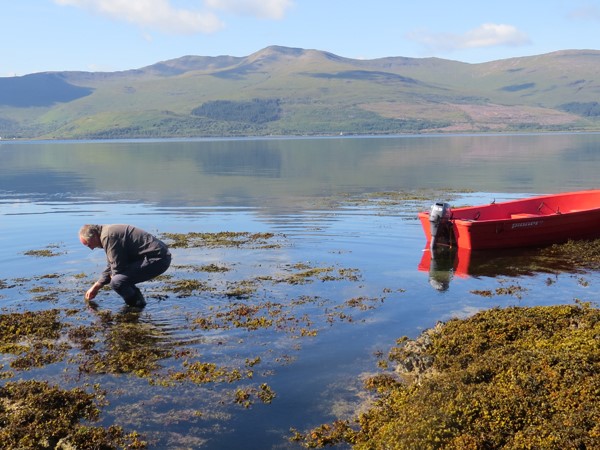

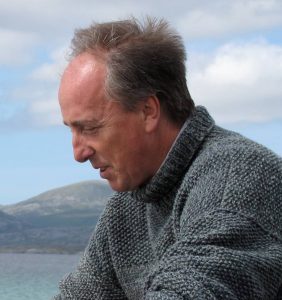 For nearly thirty years now I have been going to stay in a small house at the head of a bay on the west coast of Scotland. It is somewhere my wife’s family have been going for generations and now our children and grandchildren love it too. It has everything you might long for from a place like that: cliffs, woods, waterfalls, a dark beach made of basalt sands, a lighthouse, a ruined castle, stories, beauty, birds, fish; but one thing it did not have because of the geology, was a rockpool. For years I have dreamed of making one – a place of stillness set in the tide, and this book is the story of how I made three of them in different parts of the bay; one dug in with a pickaxe; one made by damming a narrow exit to the sea from a hollow so that the dam held the pool behind it; and one by making a circular wall low down in the intertidal.
For nearly thirty years now I have been going to stay in a small house at the head of a bay on the west coast of Scotland. It is somewhere my wife’s family have been going for generations and now our children and grandchildren love it too. It has everything you might long for from a place like that: cliffs, woods, waterfalls, a dark beach made of basalt sands, a lighthouse, a ruined castle, stories, beauty, birds, fish; but one thing it did not have because of the geology, was a rockpool. For years I have dreamed of making one – a place of stillness set in the tide, and this book is the story of how I made three of them in different parts of the bay; one dug in with a pickaxe; one made by damming a narrow exit to the sea from a hollow so that the dam held the pool behind it; and one by making a circular wall low down in the intertidal.
 And so that provided the model – see what was there and look carefully at it. Of course, books like mine are entirely parasitic on the work of many generations of biologists and that too turned out to be the pattern. Watch the sand hoppers and then read about them. Read about them and see how much of what I read I could find on the shore. With prawns, winkles, shore crabs, anemones, limpets, sea-stars, urchins and barnacles, I simply oscillated between the pools and my books: what was there? What had people discovered about them? How did they interact? What were the principles governing their presence or absence? And with all of that came the repeated and slightly sobering realisation that unless I knew to look for something it was very difficult to see it was there. Mysteriously, we are often blind to what is in front of our eyes.
And so that provided the model – see what was there and look carefully at it. Of course, books like mine are entirely parasitic on the work of many generations of biologists and that too turned out to be the pattern. Watch the sand hoppers and then read about them. Read about them and see how much of what I read I could find on the shore. With prawns, winkles, shore crabs, anemones, limpets, sea-stars, urchins and barnacles, I simply oscillated between the pools and my books: what was there? What had people discovered about them? How did they interact? What were the principles governing their presence or absence? And with all of that came the repeated and slightly sobering realisation that unless I knew to look for something it was very difficult to see it was there. Mysteriously, we are often blind to what is in front of our eyes. stages, can recognise the movements and timings of the tides. That sea anemones can identify other sea anemones that are not their relations and effectively destroy them. That prawns have an imagination – that might sound like too much, but it has been shown that they can remember past pain and project it into present and future anxieties. Anxiety is different from fear; it is a fear of what might be there. In other words a prawn can think beyond its present reality.
stages, can recognise the movements and timings of the tides. That sea anemones can identify other sea anemones that are not their relations and effectively destroy them. That prawns have an imagination – that might sound like too much, but it has been shown that they can remember past pain and project it into present and future anxieties. Anxiety is different from fear; it is a fear of what might be there. In other words a prawn can think beyond its present reality. garden whose walls are dissolved twice a day, an enclosure that becomes part of the general world with every high tide. That ambiguity is what entranced me, the sense of its being a micro-ocean, a micro-arcadia, a micro-laboratory in which all kinds of intimacies and precision in natural beings can be witnessed an inch beneath your nose.
garden whose walls are dissolved twice a day, an enclosure that becomes part of the general world with every high tide. That ambiguity is what entranced me, the sense of its being a micro-ocean, a micro-arcadia, a micro-laboratory in which all kinds of intimacies and precision in natural beings can be witnessed an inch beneath your nose.

 slow I would be overtaken by very old people on Zimmer frames. It seemed as though I’d hit 97 five decades prematurely.
slow I would be overtaken by very old people on Zimmer frames. It seemed as though I’d hit 97 five decades prematurely.



 To the casual observer, global summits and the resolutions they produce can seem frustratingly ineffective – repeating cycles of targets set, missed and reset, with no obvious progress. Yet despite the apparent inertia, when used to good effect these processes can be powerful tools for positive change.
To the casual observer, global summits and the resolutions they produce can seem frustratingly ineffective – repeating cycles of targets set, missed and reset, with no obvious progress. Yet despite the apparent inertia, when used to good effect these processes can be powerful tools for positive change.  It’s hugely important. Not only do these treaties establish some of the most important conservation objectives, but they provide a means of learning from other experience. Typically, international treaties set a broad goal – such as ‘the wise use of wetlands’ in the case of the Ramsar Convention – but are much less prescriptive as to exactly how this will be delivered nationally. Accordingly, there is much to learn from the broad diversity of other national conservation experience in implementing treaty obligations. Such comparative experiences make these treaties fascinating and their study valuable.
It’s hugely important. Not only do these treaties establish some of the most important conservation objectives, but they provide a means of learning from other experience. Typically, international treaties set a broad goal – such as ‘the wise use of wetlands’ in the case of the Ramsar Convention – but are much less prescriptive as to exactly how this will be delivered nationally. Accordingly, there is much to learn from the broad diversity of other national conservation experience in implementing treaty obligations. Such comparative experiences make these treaties fascinating and their study valuable. Following on from the previous question, this book highlights the role and importance of NGOs (and a number of the authors themselves have been or are currently involved with NGOs). Do you think NGOs should have more involvement in environmental policy, both within the UK and on a global scale?
Following on from the previous question, this book highlights the role and importance of NGOs (and a number of the authors themselves have been or are currently involved with NGOs). Do you think NGOs should have more involvement in environmental policy, both within the UK and on a global scale? 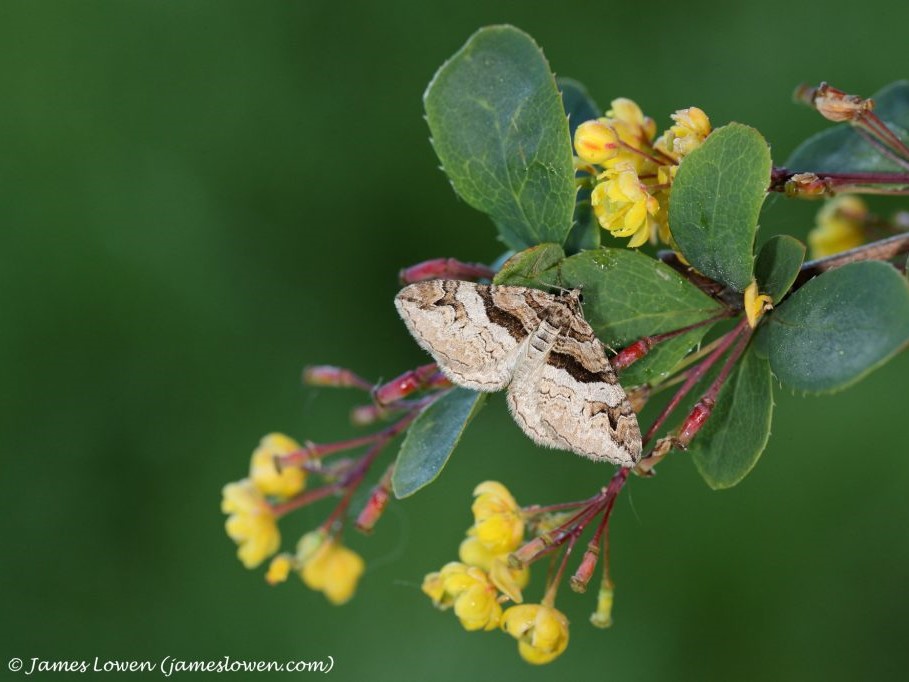
 James Lowen is an award-winning writer whose work is regularly featured in The Telegraph, BBC Wildlife and Nature’s Home, among other publications. He is also an editor, lecturer, consultant and keen photographer.
James Lowen is an award-winning writer whose work is regularly featured in The Telegraph, BBC Wildlife and Nature’s Home, among other publications. He is also an editor, lecturer, consultant and keen photographer.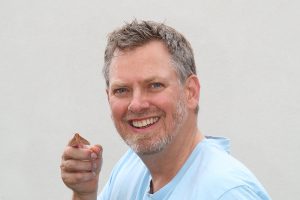
 fragile creatures flying a thousand-plus miles). There’s wackiness too: china-mark moths, whose caterpillars live underwater; Sandhill Rustic, whose adults can swim underwater; Scarce Silver-lines, which sings from oak trees; various moths that are engaged in an evolutionary arms race with bats; Indian Meal Moth and Wax Moth, whose caterpillars can digest polyethylene and polypropylene (perhaps conceivably hinting at a solution to the global plastics problem?); and even one New World moth whose cells have proved critical for producing the Novavax COVID vaccine.
fragile creatures flying a thousand-plus miles). There’s wackiness too: china-mark moths, whose caterpillars live underwater; Sandhill Rustic, whose adults can swim underwater; Scarce Silver-lines, which sings from oak trees; various moths that are engaged in an evolutionary arms race with bats; Indian Meal Moth and Wax Moth, whose caterpillars can digest polyethylene and polypropylene (perhaps conceivably hinting at a solution to the global plastics problem?); and even one New World moth whose cells have proved critical for producing the Novavax COVID vaccine. sun-loving, day-flying moth. I guess the other thing to emphasise is that whereas moth-trapping in your garden makes for gloriously lazy wildlife-watching, simply flick the switch and let the insects come to you, surveying moths in remote places is contrastingly hard work. After a long drive, often on the back of little sleep, you need to lug heavy generators and a fleet of moth traps up steep slopes or across difficult terrain. And then you need to stay alert all night to make sure you don’t miss anything. I didn’t get much sleep that year…
sun-loving, day-flying moth. I guess the other thing to emphasise is that whereas moth-trapping in your garden makes for gloriously lazy wildlife-watching, simply flick the switch and let the insects come to you, surveying moths in remote places is contrastingly hard work. After a long drive, often on the back of little sleep, you need to lug heavy generators and a fleet of moth traps up steep slopes or across difficult terrain. And then you need to stay alert all night to make sure you don’t miss anything. I didn’t get much sleep that year…  intrepid endeavours to safeguard
intrepid endeavours to safeguard 




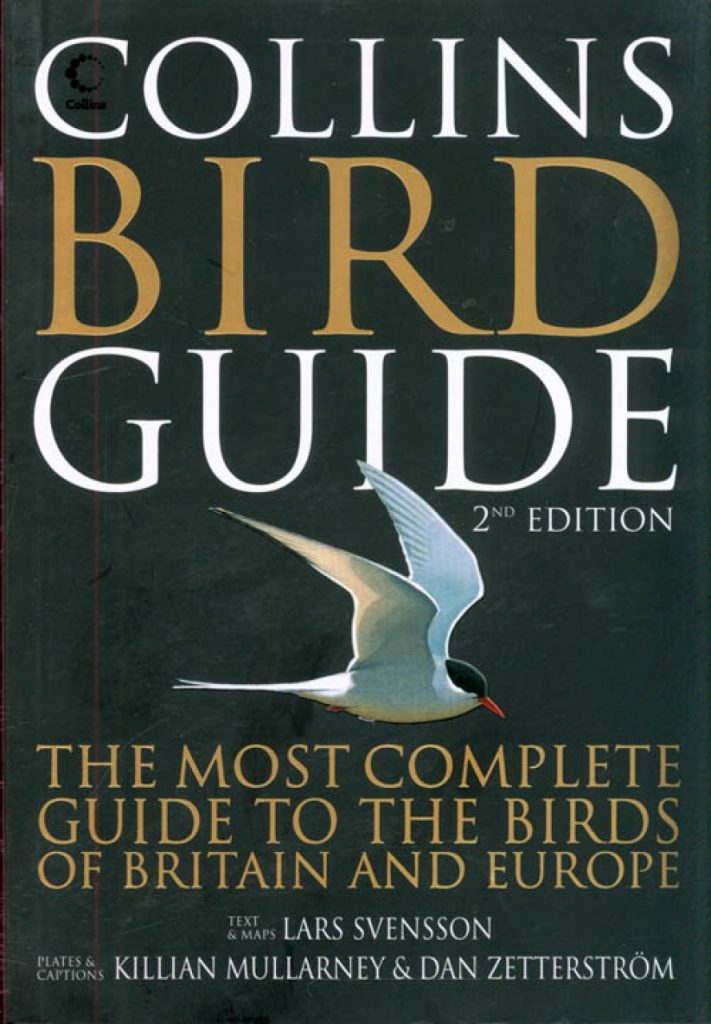




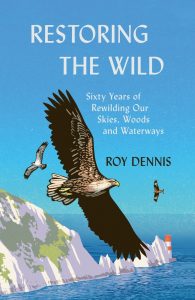

 Due in September is
Due in September is 








 I first visited as a schoolboy in 1962, just a couple of years into Skomer’s incarnation as a nature reserve, and it was a day that changed my life forever. The most overwhelming idea that stayed with me from that day was that eventually, whatever it took, I would become warden of Skomer. I finally fulfilled that long-held childhood dream in the spring of 1976. Following 10 wonderful years on Skomer I moved to North Wales where initially I was responsible for the management of 5 spectacular National Nature Reserves and in 1991, I became responsible for supervising the management of the entire series of NNRs in Wales, a position I held for over twenty years. In 2018 I became the chair of the Pembrokeshire islands conservation advisory committee and so my commitment to Skomer continues.
I first visited as a schoolboy in 1962, just a couple of years into Skomer’s incarnation as a nature reserve, and it was a day that changed my life forever. The most overwhelming idea that stayed with me from that day was that eventually, whatever it took, I would become warden of Skomer. I finally fulfilled that long-held childhood dream in the spring of 1976. Following 10 wonderful years on Skomer I moved to North Wales where initially I was responsible for the management of 5 spectacular National Nature Reserves and in 1991, I became responsible for supervising the management of the entire series of NNRs in Wales, a position I held for over twenty years. In 2018 I became the chair of the Pembrokeshire islands conservation advisory committee and so my commitment to Skomer continues.
